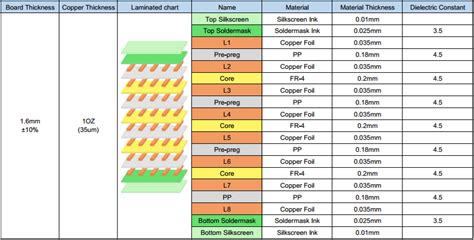
RF & Microwave Blog
-
 Read more: Check Now RAYPCB Updates its Standard Stackup for Multi layer PCBs
Read more: Check Now RAYPCB Updates its Standard Stackup for Multi layer PCBsWhat is a PCB Stackup? A PCB stackup refers to the arrangement of copper layers and insulating materials that make up a printed circuit board. It defines the number of layers, their order, and the thickness of each layer. The stackup plays a crucial role in determining the electrical properties, […]
-
Pick and place file formats
Posted by
–
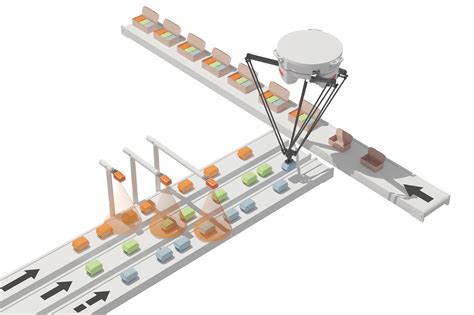 Read more: Pick and place file formats
Read more: Pick and place file formatsIntroduction to Pick-and-Place In the world of electronics manufacturing, pick-and-place machines play a crucial role in the assembly of printed circuit boards (PCBs). These sophisticated machines are designed to accurately place electronic components onto PCBs with high precision and speed. To ensure smooth operation and compatibility between different machines and […]
-
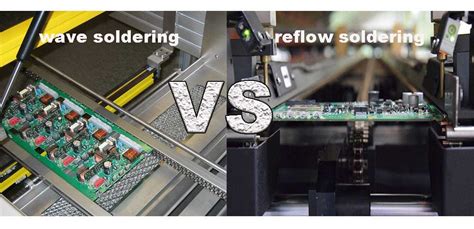 Read more: How To Distinguish Between Wave soldering And Reflow Soldering
Read more: How To Distinguish Between Wave soldering And Reflow SolderingWave-Reflow Distinction: Understanding the Key Differences In the world of electronics manufacturing, soldering plays a crucial role in assembling components onto printed circuit boards (PCBs). Two of the most common soldering techniques used in the industry are wave soldering and Reflow Soldering. While both methods aim to create reliable electrical […]
-
How to Reflow Solder
Posted by
–
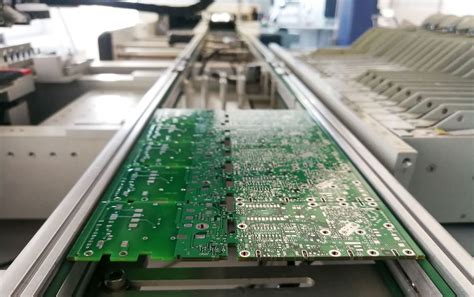 Read more: How to Reflow Solder
Read more: How to Reflow SolderWhat is Reflow Soldering? Reflow soldering is a method of soldering electronic components to a PCB using solder paste, which is a mixture of tiny solder particles suspended in flux. The process involves applying solder paste to the PCB pads, placing components onto the paste, and then heating the entire […]
-
What Is Turnkey PCB Assembly
Posted by
–
 Read more: What Is Turnkey PCB Assembly
Read more: What Is Turnkey PCB AssemblyIntroduction to Turnkey PCB Assembly Turnkey PCB (Printed Circuit Board) assembly is a comprehensive service provided by electronic manufacturing companies that encompasses the entire process of creating a functional PCB, from design to final product. This service is ideal for businesses and individuals who require a complete, ready-to-use PCB without […]
-
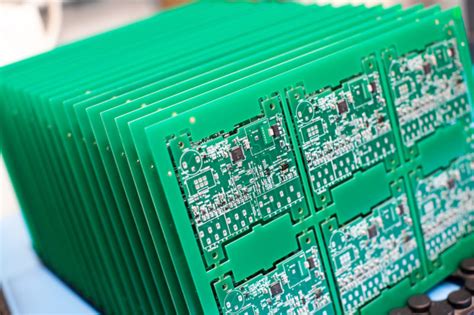 Read more: An Industrial Process of Printed Circuit Board Assembly by RAYPCB
Read more: An Industrial Process of Printed Circuit Board Assembly by RAYPCBIntroduction to PCB Assembly Printed Circuit Board (PCB) assembly is a crucial process in the manufacturing of electronic devices. It involves the placement and soldering of electronic components onto a printed circuit board to create a functional electronic circuit. PCB assembly is a complex process that requires precision, accuracy, and […]
-
Panel Requirements for PCB Assembly
Posted by
–
 Read more: Panel Requirements for PCB Assembly
Read more: Panel Requirements for PCB AssemblyWhat is a PCB Panel? A PCB panel, also known as a printed circuit board panel or array, is a large board that contains multiple identical printed circuit boards (PCBs) arranged in a matrix. The individual PCBs are connected together with breakaway tabs or mouse bites, allowing them to be […]
-
PCB Basics knowledge
Posted by
–
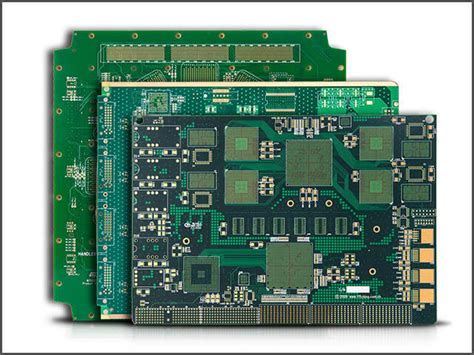 Read more: PCB Basics knowledge
Read more: PCB Basics knowledgeWhat is a PCB? A printed circuit board (PCB) is a flat board made of insulating material, such as fiberglass or plastic, with conductive copper traces etched onto its surface. These traces connect various electronic components, like resistors, capacitors, and integrated circuits, to form a complete electronic circuit. PCBs are […]
-
What is PCB stencil
Posted by
–
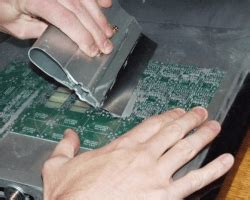 Read more: What is PCB stencil
Read more: What is PCB stencilIntroduction to PCB Stencil A PCB (Printed Circuit Board) stencil is a thin sheet of material, typically stainless steel or polyester, with laser-cut openings that correspond to the pads on a PCB. The stencil is used to apply solder paste onto the PCB pads before placing components, ensuring precise and […]
-
Panel Requirements for PCB Assembly
Posted by
–
 Read more: Panel Requirements for PCB Assembly
Read more: Panel Requirements for PCB AssemblyUnderstanding PCB Panels A PCB panel, also known as a PCB array, is a larger board that consists of multiple identical or different PCB designs arranged in a specific layout. The individual PCBs, called “circuit boards” or “cards,” are connected to the panel through small tabs or “break-off” points. After […]
Recent Posts
- How to Select Material for Your PCBs from Cost and Reliability Considerations
- Problems of EMC Technology Application in PCB Design of Electronic Devices and the Strategies
- Fabrication Technology on Flex-Rigid PCB Window
- Problems of High-Frequency and High-Speed Multilayer PCB Fabrication and Their Solutions
- Key Difficulties and Tips for Backplane PCB Fabrication